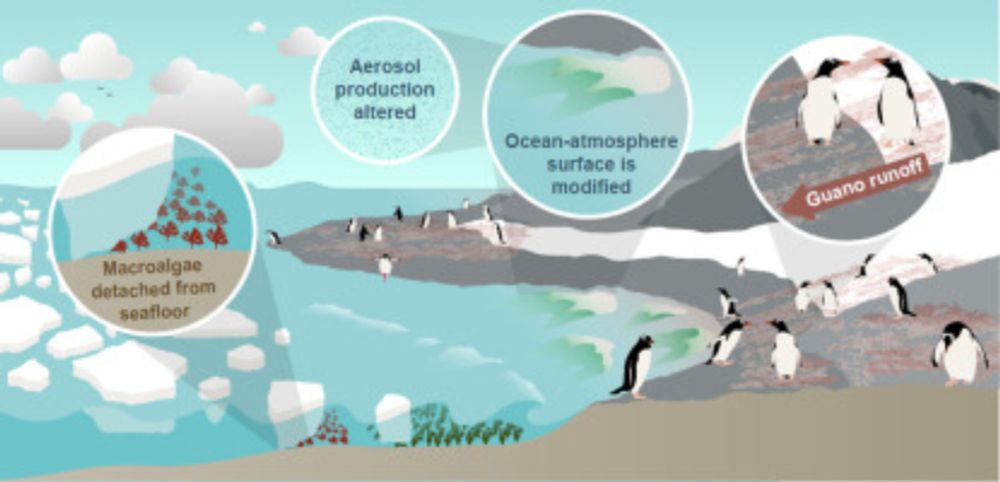Life: reading, coding, running, being a dad.
www.sciencedirect.com/science/arti...
🧪🌍💨🛠️🐧

www.sciencedirect.com/science/arti...
🧪🌍💨🛠️🐧
#aerosol people! 👇
aerosol-soc.com/events/annua...
#aerosol people! 👇
Debate continues on #aerosol composition affecting marine ☁️ formation.
While DMS was initially considered (since 90s) the main precursor, focus shifted to organics (early 00s). New analytical techniques now suggests methanethiol as another key sulfur precursor www.science.org/doi/10.1126/...

Debate continues on #aerosol composition affecting marine ☁️ formation.
While DMS was initially considered (since 90s) the main precursor, focus shifted to organics (early 00s). New analytical techniques now suggests methanethiol as another key sulfur precursor www.science.org/doi/10.1126/...
A new study from Catalonia suggests exposure to PM2.5 and PM10 is linked to a higher risk of persistent #LongCOVID symptoms, including fatigue and cognitive dysfunction.
📖 #OpenAccess study: ehp.niehs.nih.gov/doi/10.1289/...
#SciComm 🧪

A new study from Catalonia suggests exposure to PM2.5 and PM10 is linked to a higher risk of persistent #LongCOVID symptoms, including fatigue and cognitive dysfunction.
📖 #OpenAccess study: ehp.niehs.nih.gov/doi/10.1289/...
#SciComm 🧪





